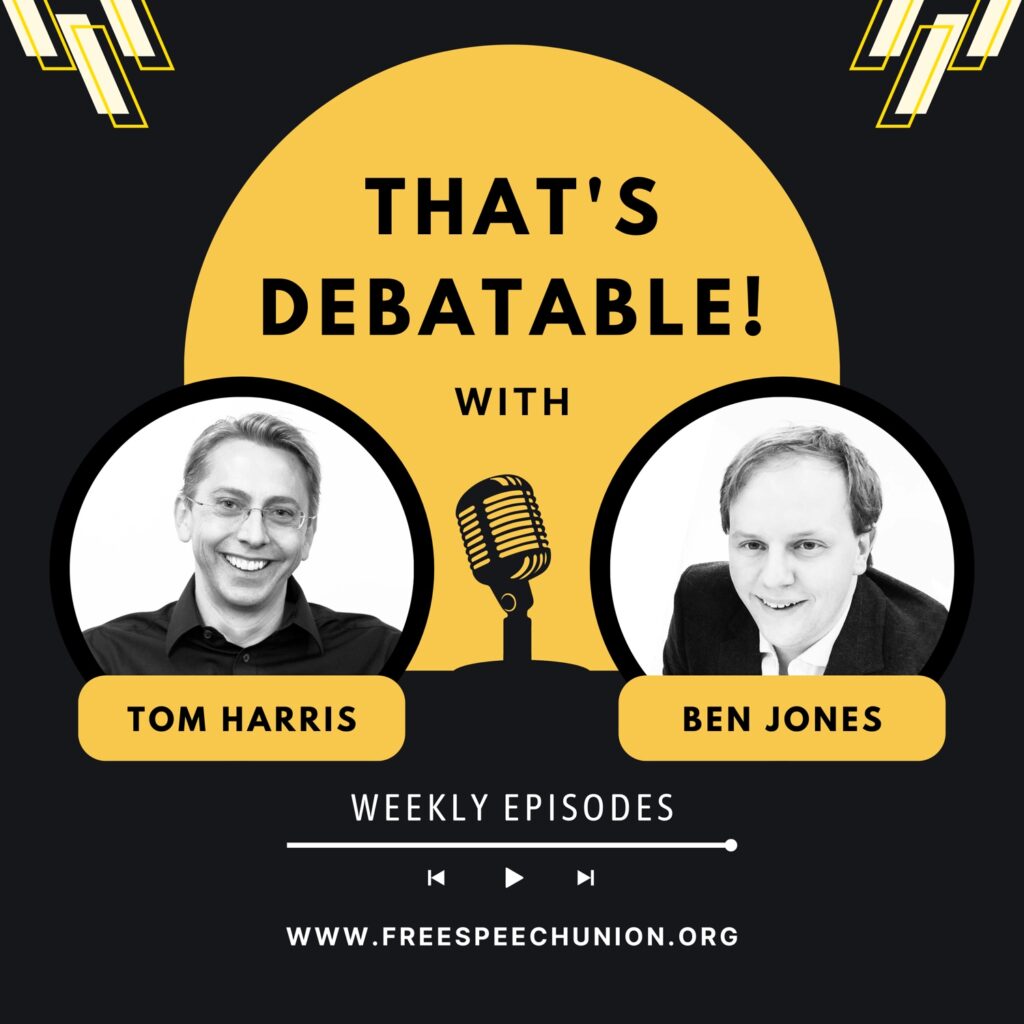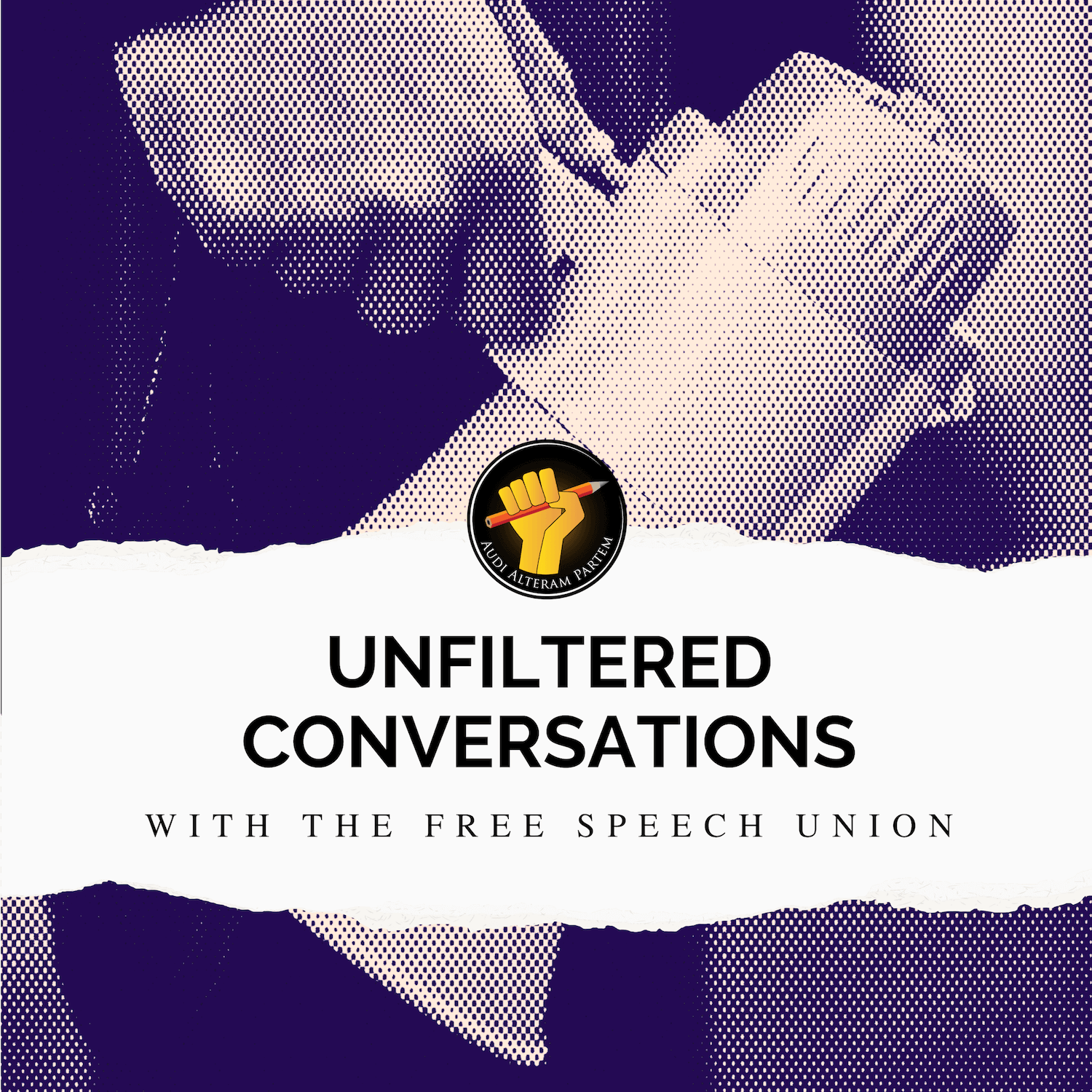Writing for spiked, Benjamin Schwartz and Jon Zobenica explore the elite crackdown on so-called disinformation which has escalated in the wake of recent UK riots and the approaching 2024 US Presidential election. Schwartz and Zobenica argue:
“The muddled nature and pernicious implications of this crusade are laid bare by dissecting what remains among the most widely praised of the establishment’s examinations of the problem of disinformation – a three-day conference in 2022 titled titled ‘Disinformation and the Erosion of Democracy’, co-hosted by the Atlantic and the University of Chicago’s Institute of Politics. Topics of discussion included how and whether to regulate social-media companies, the pernicious influence of deep fakes and algorithms, the dangerous allure of conspiracy theories, national security, Russia, the storming of the Capitol on 6 January 2021, and the implications of all this for free speech.”
“Panellist after panellist, in session after session, highlighted with confidence the many and varied problems surrounding misinformation, disinformation and the ungoverned dissemination of information in general in the internet age. Many asserted and agreed that the problem now posed by disinformation is unprecedented. Many also asserted and agreed that owing to this unprecedented problem, American democracy is facing its greatest ever existential threat. But few dared to do much more than gesture toward solutions – likely because the solutions anyone could conceive of would erode democracy more (and more quickly) than the supposed problem itself.
“Examples of free speech gone wrong abounded, as did examples of free and open media platforms being put to nefarious purposes. In a conversation with the political consultant David Axelrod about current acts of Russian disinformation, journalist and historian Anne Applebaum talked of how even the old USSR disseminated disinformation by cleverly seeding and laundering it through a free and open Western press. Neither she nor Axelrod thought to note that this was essentially the same method used by the George W Bush administration to gain credibility for the Iraq weapons-of-mass-destruction story in 2002 and 2003. By having proxies seed it anonymously in the New York Times, with the help of a cooperative journalist, the Bush administration could then cite the New York Times as a credible and independent entity corroborating what was (of course) nothing more than its own seeded talking point. The consequences of this well-placed, effectively laundered misinformation (if not disinformation) were hardly insignificant. Years of war, human misery and damage to the credibility of both the Times and the country ensued.
Shwarz and Zobenica go on to highlight the linkages between American foreign policy and disinformation, arguing that “much of American foreign policy since the 1890s can be seen as built on disinformation, whether one views those policies as wise or foolish, prudent or dangerous. After all, Woodrow Wilson rallied Americans to support the US intervention in the First World War through a mixture of distortions, specious slogans and the ruthless crushing of dissent. FDR, though he claimed to embrace the neutrality that a great majority of Americans favoured, in fact surreptitiously sought, long before Pearl Harbor, to manoeuvre the US into the Second World War, through a series of initiatives that he hid from and mischaracterised to the American people. After the war, the Truman administration followed Senator Arthur Vandenberg’s advice to Secretary of State Dean Acheson to ‘scare hell out of the American people’ by, in Acheson’s words, painting a picture ‘clearer than the truth’ regarding the Soviet menace. All in order to win public support for enormous defence increases and for the new and sweeping global role the administration perceived to be in America’s interest.
In the 1960 presidential election, John F Kennedy cynically attacked Richard Nixon from the right, by misleadingly claiming that the Eisenhower-Nixon administration had allowed a dangerous ‘missile gap’ to grow in the USSR’s favour. In fact, just as Eisenhower and Nixon had asserted – and just as the classified briefings that Kennedy received as a presidential candidate indicated – the missile gap, and the nuclear balance generally, was overwhelmingly to America’s advantage. And as the Pentagon Papers abundantly revealed, from the first deployment of American advisers through the beginning of the bombing campaign against North Vietnam to the decision to deploy ground troops and the subsequent ramp-up of the ground war, the American government and national-security bureaucracy consistently misled Congress and the American public about the prospect of ‘success’ in the Vietnam War and the blood and treasure that the war would demand.
“In short, the threat and the woeful consequences of disinformation are hardly unprecedented, and the wily Russians need not even be involved. The US is perfectly capable of finding itself the victim of homegrown misinformation and disinformation campaigns.
“The irony revealed in this chronicle is heavy: not only has the US government regularly issued disinformation, but those dissenters and sceptics who rightly questioned or disputed the government’s dissembling orthodoxy would themselves, according to today’s anti-disinformation crusaders, be charged with spreading disinformation and misinformation. This is because their views and arguments departed from the views and version of events certified by officials, experts and the establishment press.
Schwarz and Zobenica conclude. “The problems raised in the contemporary discussions of disinformation are hardly as unprecedented as many now claim; nor, of course, is the consequent temptation to consider trading liberty for order – or orthodoxy – in the face of unsettling change. But to make such a trade would be to erode democracy in the name of shoring it up, to declare the demos too cussed and corrupted – too misinformed – to be entrusted with the political system that bears their name.”
Worth reading in full.






